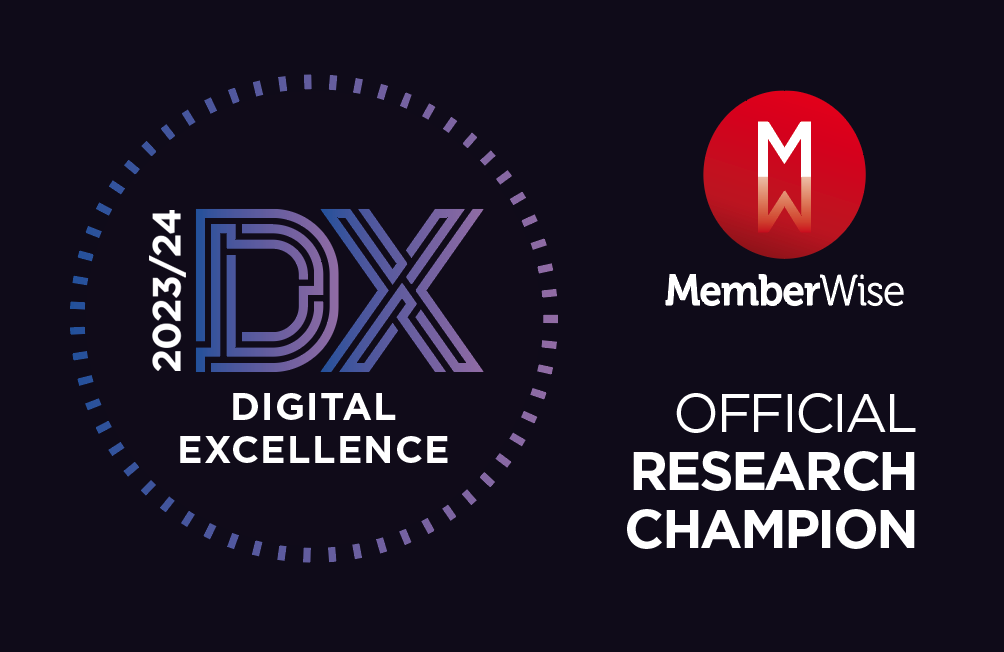Metrics, KPI's & Key Results...What's the difference?
This question is something I get asked regularly and in many situations I hear the terms used interchangeably, which makes it very hard to gain value from. The primary benefit of setting Key Performance Indicators [KPI's] and Key Results [KR's] are only achieved when there is clarity for everyone on what they mean.
Let's break it down and clear up the ambiguity around the various terms.
Metric - This is a tool or a particular dimension that you will monitor, to gauge performance. There must be absolute clarity on how it will be measured.
Key Performance Indicator - Is a tool associated with a particular metic, which identifies its current value, and the target value to be attained.
Key Result - Is a tool associated with a particular KPI (or sometimes multiple KPI's) that adds the dimension of time. It will have a starting point with a value for the metric at that time, the current state value (for any given observation date), and a target value for the metric to achieve by a certain date.
Your business may have many things you measure (metrics), potentially with values you want to see those attain (KPI's), but in a given period you should be focusing your collective attention as a business on achieving certain outcomes, these should be measured through your Key Results.
Let's work through an example around a customer service team, to bring this to life.
The team are actively monitoring various metrics around their email support channel:-
- daily number of incoming emails
- avg time to first response
- avg time to resolve
Let's assume there is a clearly defined way of calculating these which everyone is working to.
There may be a KPI associated with some (or all) of those metrics. Let's say they have the following KPI's
- Avg time to first response =< 12 Hours
- Avg time to resolve =< 24 Hours
The stats show that they regularly miss their target for Avg time to resolve. The management team therefore sets a Key Result for the team which states.
- Reduce the Average time to resolve an incoming email from 50Hrs at the start of Q1 to no greater than 10Hrs by the end of Q2.
- At the beginning of Q1 a start value is recorded and the target value set.
- Start value (01.01.22) = 50 Hrs
- Target value (31.06.22) =< 10 Hrs
- The current value is monitored and recorded throughout the agreed period (Q1-Q2) being made visible for all to see
- Current value (28.01.22) = 40 Hrs
- At the end of Q2 the attainment of the key result is measured. The result being reported on a final value, and a percentage achievement of the KR.
- Final value (31.06.22) = 20 Hrs
- KR% achieved = 75% (of the overall reduction targeted)
It's recommended your KR's are aspirational, in fact it should represent an exceptional effort if they are achieved in full. An expected level of attainment, should represent 70% of a KR.
As you can see not only is this a great way to focus business effort on what matters the most but it also provides a framework for rewarding success. With the percentage achievement of a KR (70% being baseline expected performance) representing the basis for performance reviews and rewards.
This forms a great way link your strategic goals to performance management and make data driven decisions.
Contact us at Spiderling Consulting to find out more
Share this
You May Also Like
These Related Stories

Spiderling are a MemberWise Digital Excellence Research Champion

Challenge your thinking now, despite the uncertainty


No Comments Yet
Let us know what you think